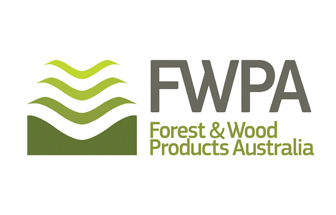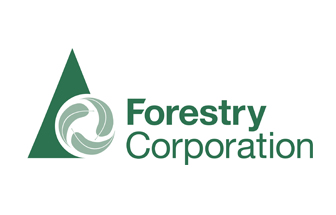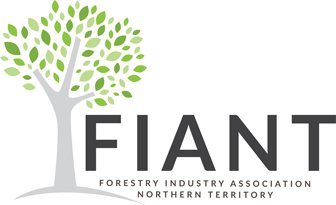WHO WILL BE SINGED AS WOOD-BURNING
MARKETS GETS HOTTER IN NEW ZEALAND?
GLOBAL DAIRY GIANT MOVES FROM COAL TO FIBRE FOR RENEWABLE ENERGY
THE competition for pulp-logs, lower grade sawlogs and woodchip is starting to heat up in New Zealand.
Global dairy giant and exporter Fonterra seems to be firming up plans to convert most or all of its coal burning power boilers – used for milk drying into powder and for other industrial uses – to renewable energy …and with wood fibre.
Fonterra has six dairy factories throughout New Zealand, including two of the world’s largest milk-drying facilities at Lichfield in the North Island and Darfield in the South Island. At the peak of the milking season, Fonterra processes 80 million litres of milk a day – 40 million in the morning and another 40 million in the evening.
Fonterra has many old, and some fairly new coal fired boilers, and also gas boilers for milk drying and other processing energy.
In line with the NZ Climate Commission’s targets for carbon emission reductions, Fonterra plans to phase out coal by 2037, but it could be sooner.
The company is focusing on coal conversion to renewables before gas conversion, as the transition from coal is twice as effective in reducing emissions.
Fonterra has already signed a contract to use wood pellets supplied by Natures Flame’s plant at Taupo to feed its Te Awamutu dairy factory. We understand this 48,000 tonnes a year contract has underwritten the Natures Flames expansion project to lift annual wood pellet production from 40,000 to 80,000 tpy.
At 17-18 gigajoules a tonne*, wood pellet efficiency is close to the efficiency of New Zealand coal at 18-19, (hard black Australian coal can rate at 25), but the use of woodchips is more of a challenge as their green thermal efficiency in only around 7 gig/t.
However, with increasing carbon emission financial penalties (at likely increasing carbon prices), Fonterra is actively investigating the use of ‘dried’ logs or woodchips (down to 10-30% depending on the quality of coal it uses which it replaces). One source suggests its demand could total 800,000 GMT per annum in the South Island alone, with more required in the North Island
Fonterra’s ‘ability to pay” (different from its ‘willingness to pay’) to be better off than continuing to burn coal with carbon emission penalties means that potentially it could afford to pay more than existing pulp mills pay for sawmill woodchips, and to pay log export prices for most or all of the lower grades of logs, and possibly start eating into the benchmark A Grade log export pool. But this is unlikely.
However, in addition to Fonterra, a number of big independent Chinese and French-owned daily factories are operating in New Zealand, and they will all be under the same spotlight as Fonterra regarding carbon emissions for their boilers. We are aware of various companies trying to corner the market for residues to feed these factories in future.
So, the ‘singe’ may be restricted to lower log export grades. But we expect the big pulp mills in the North Island will also be looking sideways at their sawmill residue woodchip supplies and talking to Fonterra and other dairy factory owners in 2021.
With sawmills now receiving ex-bin prices in real terms for woodchips from pulp mills around only 50% of what they received 25 years ago, and new entrants into the market for sawmill residues and for lower grade logs, this will be a welcome respite for both the sawmilling and forest-owning sectors.
(*1 gigajoule = 0.0341 tonnes of coal equivalent).
DENNIS NEILSON











